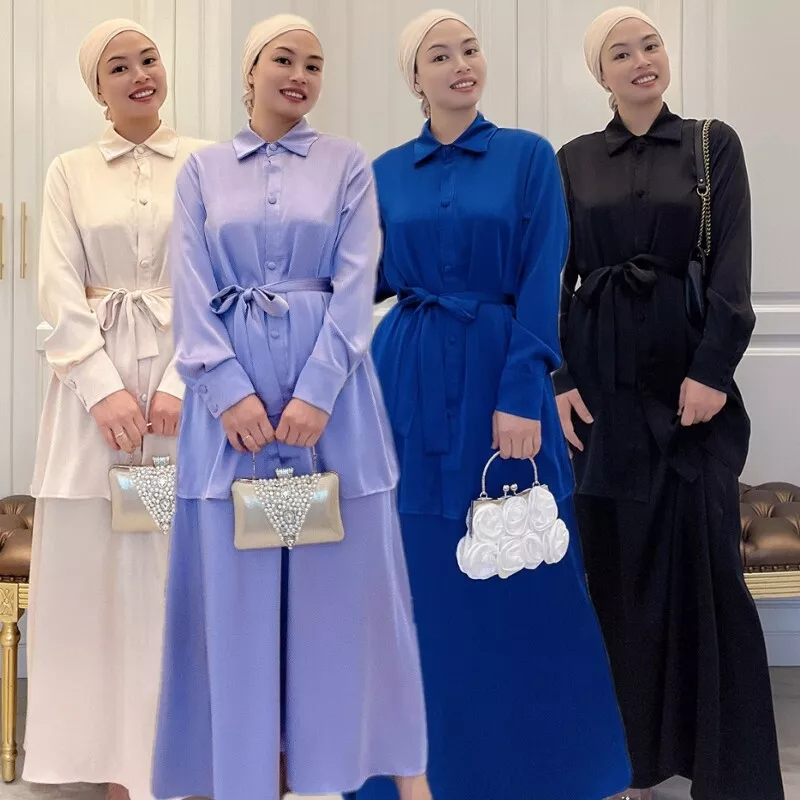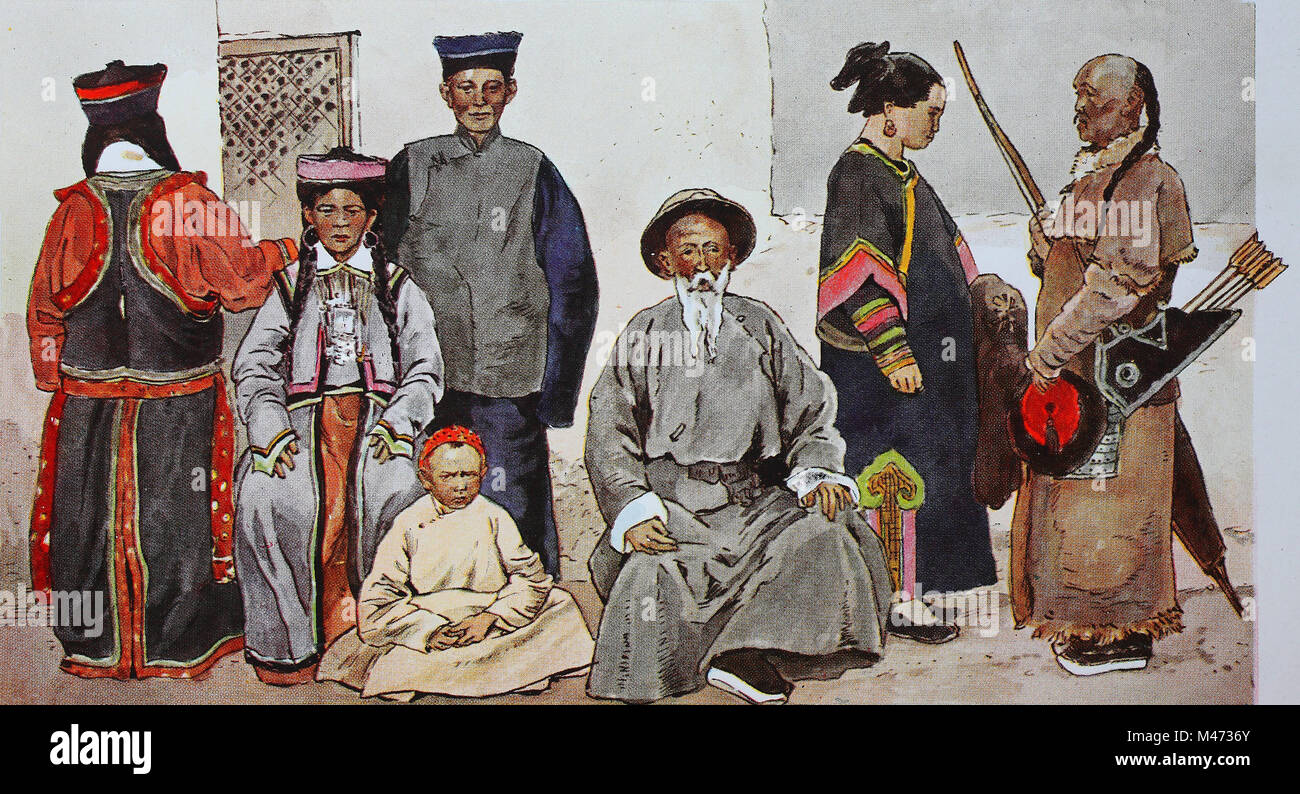Unlock the Tricks of Classic Eastern Wear
Exploring the enigmatic realm of ageless Eastern wear digs right into a world where society, background, and creativity merge to develop garments that transcend simple textile and string. The complex tapestry of custom interwoven with contemporary aspects uses a look right into a globe where every stitch narrates, every theme a sign of value. Revealing the secrets behind these developments reveals a tapestry of heritage waiting to be untangled, inviting one to journey through the angelic appeal and mystique of Eastern fashion.
Background of Eastern Style
The background of Eastern fashion go back centuries, reflecting the abundant social heritage and practices of varied regions across Asia. Each area boasts its distinct designs, textiles, and styles that have been affected by aspects like climate, religion, social standing, and trade routes. eastern wear pakistan. The detailed silk garments of China represent beauty and refinement, while the lively saris of India showcase a kaleidoscope of patterns and shades.
In Japan, the kimono has actually been a symbol of custom and refinement for generations, with different designs worn for different events. The hanbok in Korea stands for the nation's deep-rooted custom-mades and is still put on during crucial events. The background of Eastern style is a tapestry of innovation and practice, blending old exercise with modern influences to produce a vibrant and ever-evolving market. Recognizing the origins of these renowned garments gives insight right into the social significance and craftsmanship that continue to influence modern designers worldwide.
Value of Typical Attire
Traditional attire serves as a cultural symbol, embodying the values, ideas, and heritage of communities in Eastern societies. eastern wear pakistan. These garments are not merely items of textile yet are symbolic representations of the rich background and practices gave with generations. In Eastern societies, standard clothes plays a considerable function in events, festivals, and life, mirroring the social standing, local associations, and even marriage standing of people
The importance of conventional clothes goes beyond aesthetics; it is a way for people to get in touch with their roots and express satisfaction in their social identity. Each garment, from the intricate sarees of India to the moving hanboks of Korea, lugs with it a story of craftsmanship, importance, and meaning that is deeply ingrained in the textile of society.
Moreover, standard attire works as a visual language, connecting stories of durability, unity, and triumph. By wearing these garments, people not only recognize their heritage however also contribute to the preservation and event of their cultural tradition.
Evolution of Eastern Embroideries
Eastern embroideries have an abundant background that extends centuries and have constantly developed to integrate diverse cultural impacts and react to shifting artistic patterns. The development of Eastern needleworks can be traced back to ancient worlds where complex styles were hand-stitched onto textiles making use of traditional techniques.

Today, Eastern needleworks proceed to advance, mixing traditional craftsmanship with modern-day layout perceptiveness to produce ageless pieces that commemorate the charm of multiculturalism and artistic development.
Extravagant Fabrics in Eastern Use
Luxurious fabrics play a critical role in boosting the aesthetic allure and quality of Eastern wear, boosting check my blog the total attraction and elegance of traditional garments. Eastern wear is renowned for its luxurious fabrics that not only mirror the region's abundant cultural heritage yet also indicate sophistication and grace.
In enhancement to silk, fabrics like brocade, chiffon, and velvet are likewise commonly featured in Eastern wear. Velour brings a plush and royal feeling to standard sets, while brocade, with its elaborate patterns and metal strings, adds a touch of majesty. Chiffon, on the other hand, is preferred for its lightweight and ventilated high qualities, making it a preferred selection for streaming shapes and delicate embellishments. These extravagant fabrics not only boost the aesthetic appeal of Eastern wear however likewise guarantee a feeling of improvement and sophistication that transcends time.
Incorporating Eastern Style Today
In modern style landscapes, the assimilation of Eastern affects offers an unified blend of social heritage and modern-day aesthetics. Designers and fashion enthusiasts alike are embracing the rich tapestry of Eastern style, including traditional elements right into modern-day shapes and designs. From intricate embroidery to dynamic colors and elegant fabrics, Eastern fashion today supplies a diverse series of alternatives that satisfy an international audience.
One method Eastern style is making its mark in modern closets is with the adaptation of standard garments such as the bathrobe, saree, or qipao into everyday wear. These items, as soon as scheduled for special occasions, are currently reimagined in more casual kinds, enabling their incorporation right into daily fashion selections. In addition, using traditional patterns and concepts in Western-style garments adds a touch of unique sophistication to modern outfits.

Final Thought
Finally, exploring the abundant history, significance, and advancement of Eastern style reveals a deep-rooted link to heritage and values. The elegant textiles and intricate embroideries of Eastern use showcase the flexibility and timelessness of traditional layouts. Integrating Eastern affects in modern fashion permits a fusion of custom and technology, producing a harmonious equilibrium in between the past and the existing.
Luxurious fabrics play a critical duty in elevating the visual appeal and top quality of Eastern wear, improving the total allure and class of conventional garments. Developers and fashion lovers alike are welcoming the rich tapestry of Eastern style, including typical components right into modern-day silhouettes and designs. From detailed embroidery to luxurious materials and vivid shades, Eastern fashion today uses a varied range of options that cater to an international audience.
One method Eastern style is making its mark in modern wardrobes is through the adaptation of typical garments such as the kimono, saree, or qipao into daily wear. The lavish fabrics and intricate embroideries of Eastern wear showcase the versatility Source and eternity of typical layouts.